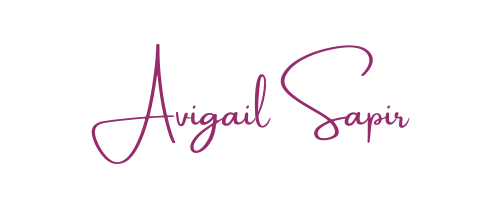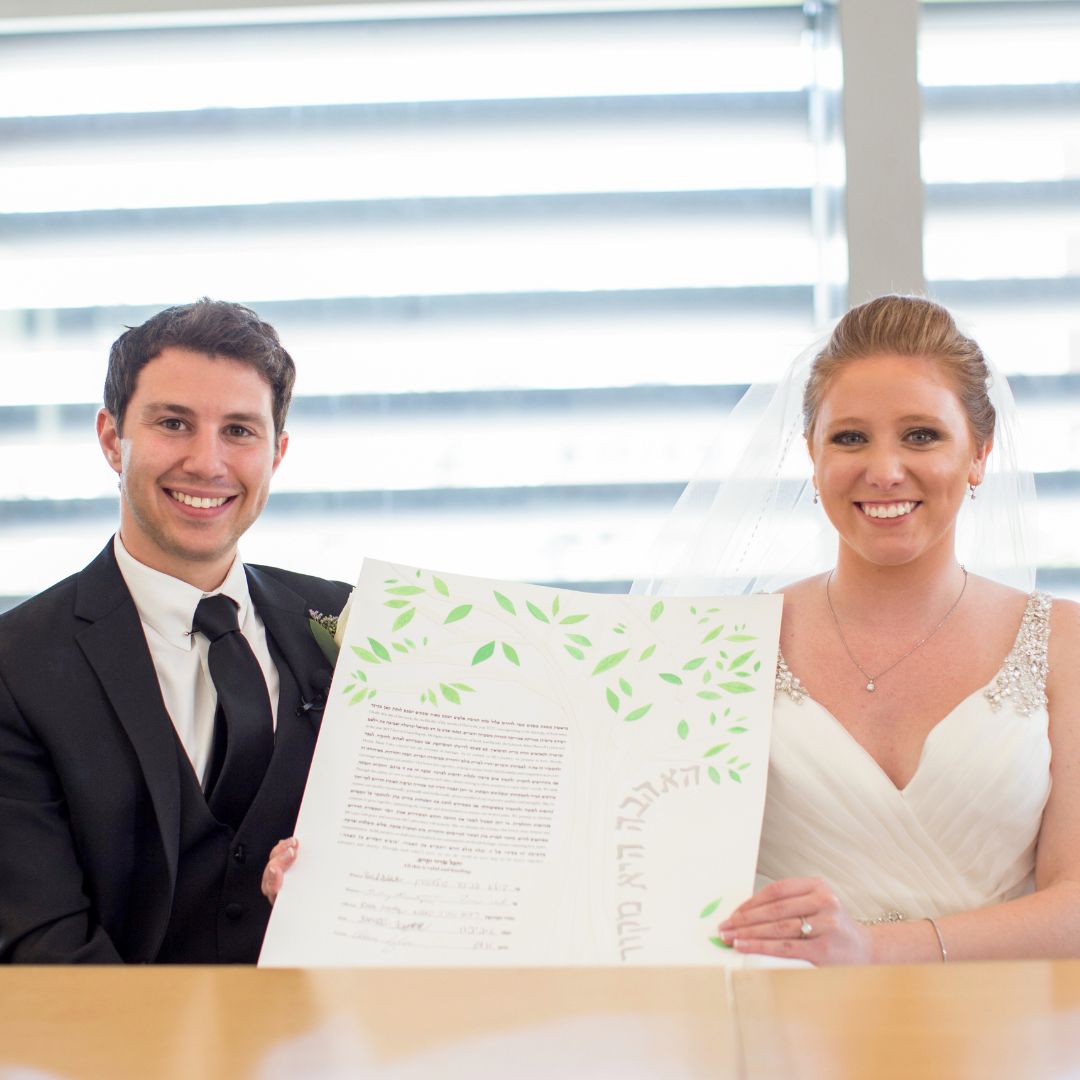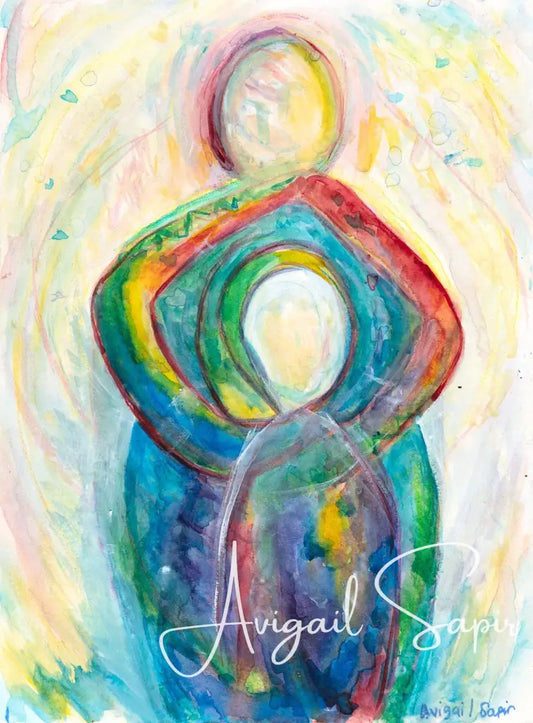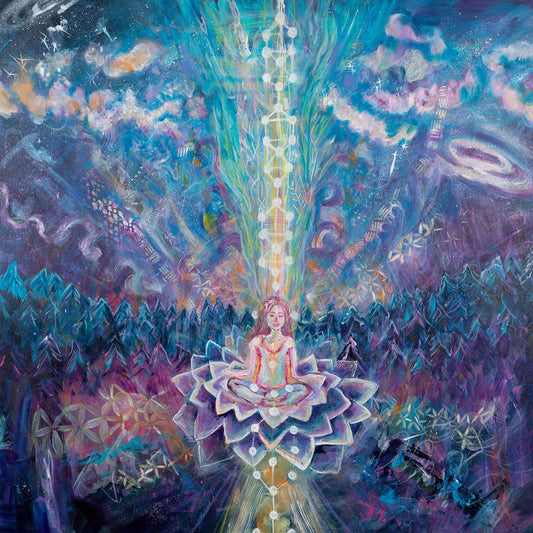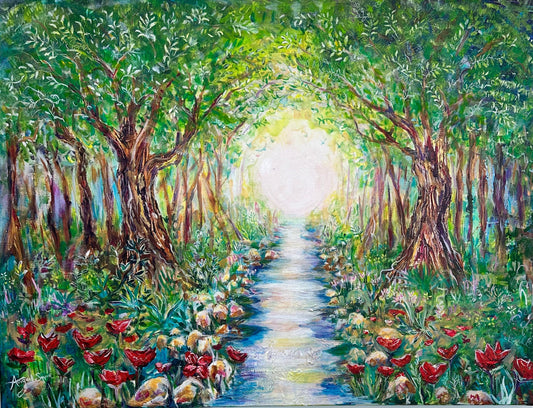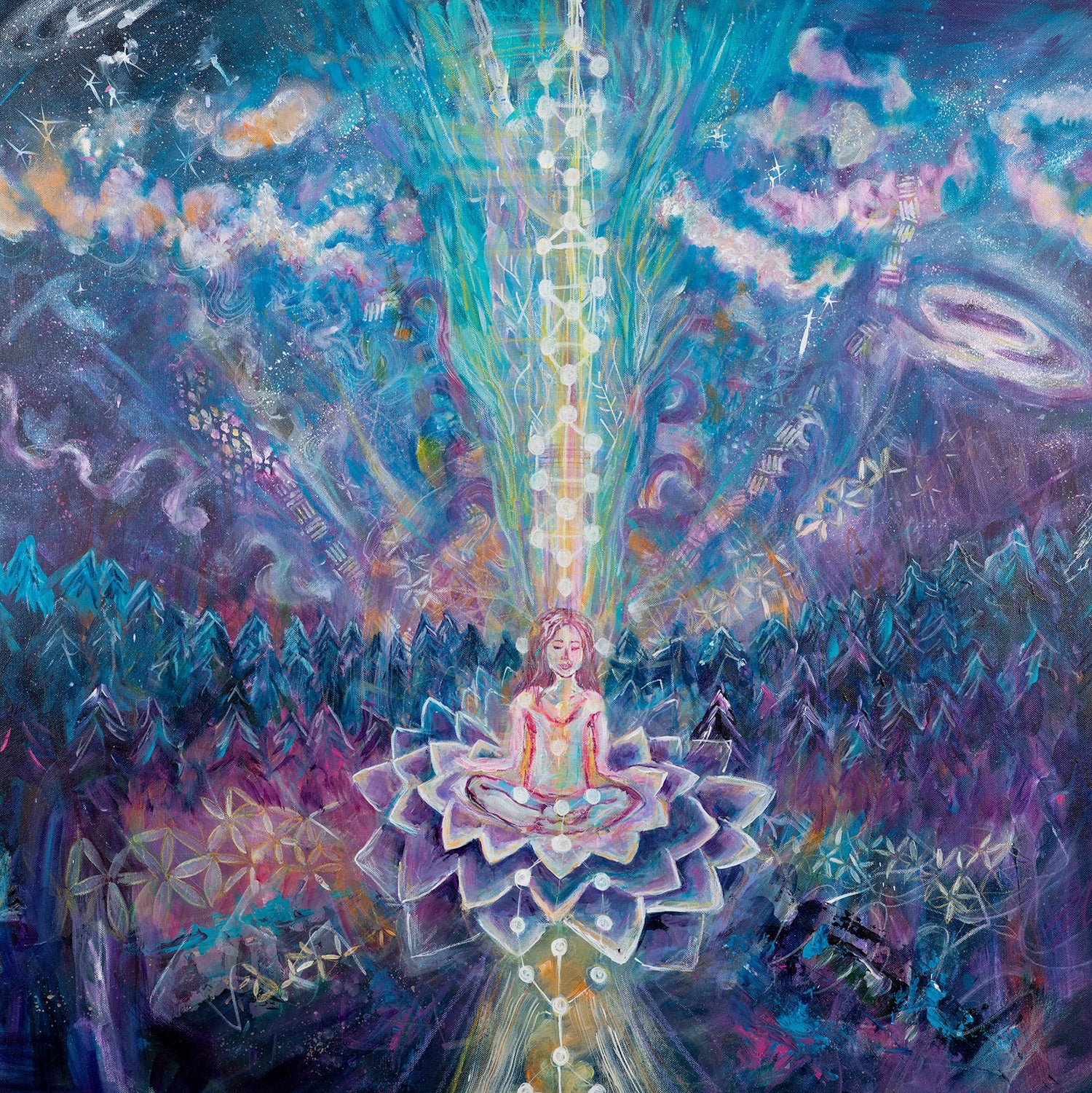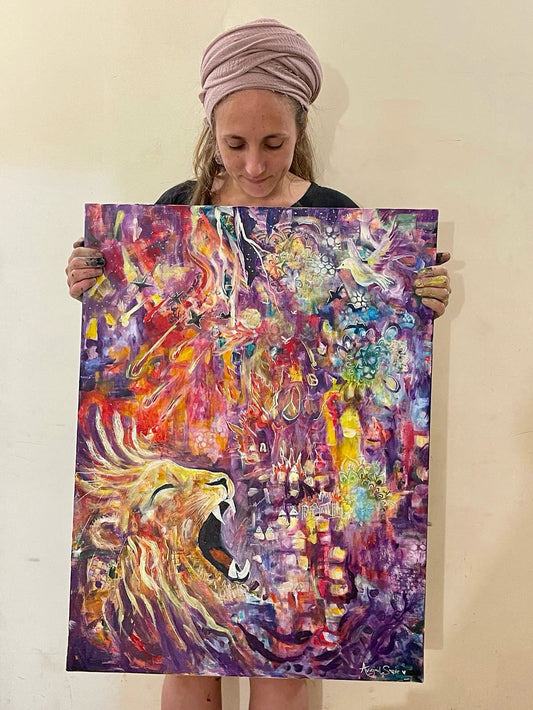Traditions, Meaning, and Modern Practices
Jewish wedding vows blend old traditions with modern love, giving a glimpse into Jewish marriage customs.
This guide looks at Jewish wedding vows. It covers their history and modern meanings. It provides insights for couples planning their ceremony. It also offers information for anyone interested in Jewish wedding traditions.
The Essence of Jewish Wedding Vows
At the core of Jewish wedding ceremonies are the vows, symbolized through actions and traditional elements rather than articulated words. The ceremony revolves around two central components: the Ketubah and the Chuppah. The Ketubah, a written marriage contract, outlines the responsibilities of the groom towards the bride, emphasizing care, respect, and support.
The Chuppah, a canopy under which the couple stands, symbolizes the couple's future home, depicting openness and hospitality. Unlike the explicit verbal vows common in many cultures, the Jewish tradition embodies the vow in the act of giving and receiving the ring under the Chuppah, encapsulated by the phrase, "Behold, you are betrothed to me with this ring, according to the law of Moses and Israel." This act signifies the commitment to a shared life, grounded in mutual respect and love.
 Historical Origins of Jewish Wedding Vows
Historical Origins of Jewish Wedding Vows
The traditions that underscore Jewish wedding vows have ancient origins, tracing back to biblical and Talmudic injunctions. These practices have evolved through centuries but have always emphasized the union of two individuals into a singular, shared existence.
The giving of a ring, for instance, is a practice mentioned in the Talmud, symbolizing a physical manifestation of the commitment being made. This historical context enriches the ceremony, connecting the couple's union to a long lineage of Jewish matrimonial tradition, and underscores the continuity and endurance of these practices through time.
The Role of the Rabbi in Crafting Vows
The Rabbi or officiant is very important in a Jewish wedding. They lead the ceremony and help the couple with their vows and the whole marriage process.
Rabbis often suggest that couples think deeply about their relationship and the promises they are making. They provide a spiritual and emotional structure for the couple to create their own vows.
This interaction ensures that the ceremony truly reflects the couple's bond. It also incorporates their values into Jewish wedding traditions.
Comparison with Wedding Vows in Other Cultures
The symbolic nature of Jewish wedding vows offers a unique perspective when compared to matrimonial customs from other cultures, which often feature spoken vows as a central element.
This shows how different countries have unique wedding customs and how cultures view and honor marriage in different ways. For example, in many Western traditions, couples exchange personalized vows, articulating their promises and commitment to each other.
In contrast, traditional Hindu weddings feature the Saptapadi, or seven steps, each step accompanied by a vow that the couple makes to each other, symbolizing their commitments in different areas of life. This global overview of wedding vows showcases the myriad ways in which love and commitment are celebrated, emphasizing the unique place Jewish wedding vows hold in the panorama of global marital traditions.
 Exploring the Ketubah: Modern Designs and Texts
Exploring the Ketubah: Modern Designs and Texts
The Ketubah has evolved over time. It started as a basic document outlining marriage duties. Now, it is a stunning piece of art. It symbolizes tradition and the unique story of the couple. Modern Ketubahs have different designs and texts, from traditional Aramaic to modern languages. They include equal texts and inclusive language that represent the couple's values.
Artists now create Ketubahs that are not just legal documents but works of art, incorporating themes, colors, and styles that resonate with the couple's aesthetic and spiritual preferences. This modern take on an ancient tradition allows the Ketubah to serve as a lasting testament to the couple's vows and commitments, beautifully blending tradition with personal significance. Check out my Ketubahs here.
FAQs about Jewish Wedding Vows
What are Jewish wedding vows?
Jewish wedding vows are symbolized through the ceremony's rituals, notably the exchange of rings and the signing of the Ketubah. These elements represent the couple's commitment to each other within the framework of Jewish law and tradition, emphasizing a shared future built on love and respect.
Can we personalize our Jewish wedding vows?
Yes, personalization within the framework of Jewish tradition is encouraged. While traditional elements form the foundation of the ceremony, many couples choose to incorporate personal vows or readings. Discussion with your Rabbi can help ensure these personal touches respect and complement the traditional aspects of the ceremony.
Do both partners receive a ring at a Jewish wedding?
In traditional Jewish ceremonies, the groom gives the bride a ring as a symbol of their marriage contract. However, it's increasingly common for both partners to exchange rings, symbolizing mutual commitment and equality. This practice varies among different Jewish communities and can be adapted to reflect the couple's preferences.
How can we incorporate our heritage if we come from different backgrounds?
Couples from diverse backgrounds often blend elements from each of their cultures into the wedding ceremony, enriching the celebration with a tapestry of traditions. This can include incorporating readings, music, or customs from both cultures. Engaging with your officiant can provide insights on how to seamlessly integrate these elements, honoring both heritages while crafting a unified ceremonial experience.
What is the significance of the Chuppah in Jewish weddings?
The Chuppah symbolizes the home the couple will build together, representing shelter, protection, and the presence of family and friends. Its openness on all sides is a gesture of hospitality to the community, reflecting the couple's commitment to building a life that is inclusive and welcoming.
How does the Ketubah fit into modern weddings?
The Ketubah has transitioned from a strictly legal document to a meaningful piece of art that reflects the couple's values and aesthetics. Modern Ketubahs often include egalitarian language and artistic designs, making them a central visual and spiritual highlight of the ceremony.
Couples can choose or design a Ketubah that not only adheres to tradition but also personalizes their commitment in a way that is meaningful to them.
 Conclusion
Conclusion
Jewish wedding vows show the history, tradition, and personal feelings of Jewish marriage customs. They give insight into Jewish culture. They are a testament to the enduring nature of Jewish cultural practices, adapting over centuries to remain relevant and resonant for each new generation.
For couples embarking on the journey of marriage, these traditions provide a foundation of commitment and community, enriched by the personal touches that make each ceremony unique. This guide serves as a comprehensive resource for understanding and appreciating the depth, beauty, and ongoing evolution of Jewish wedding vows.
